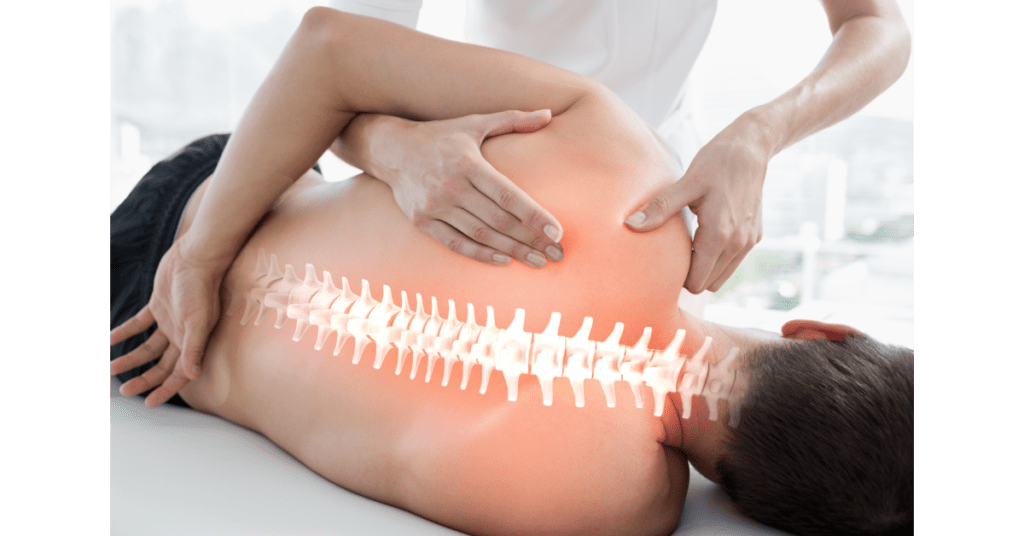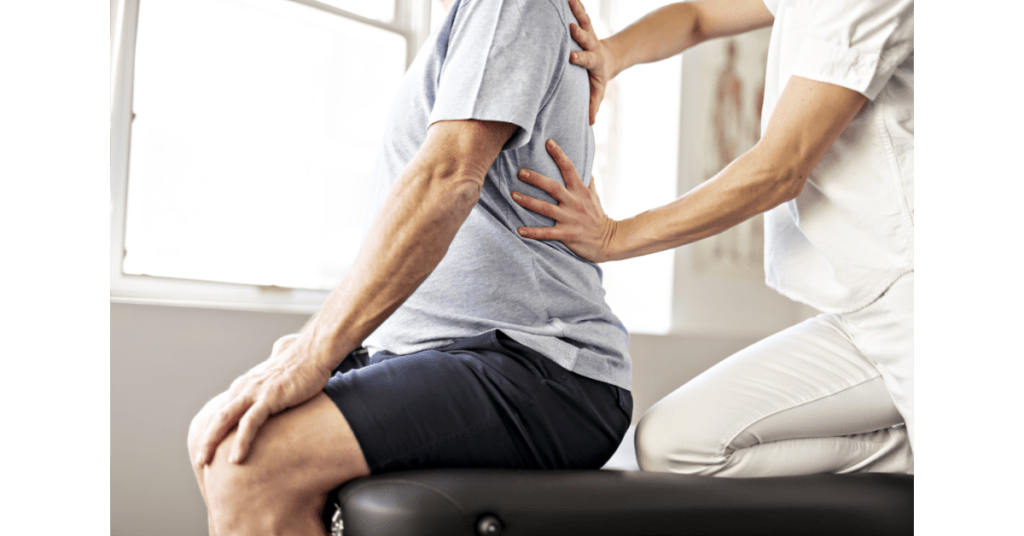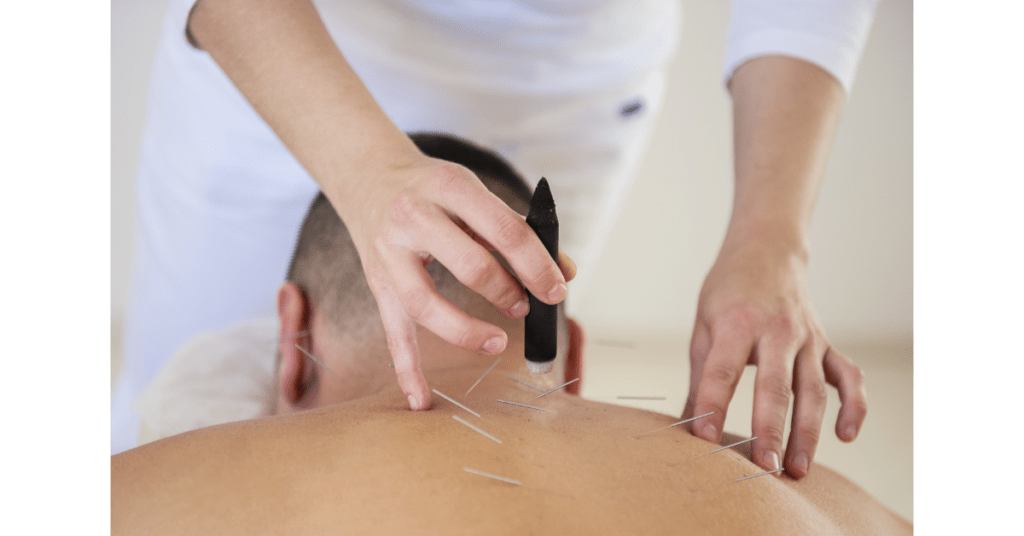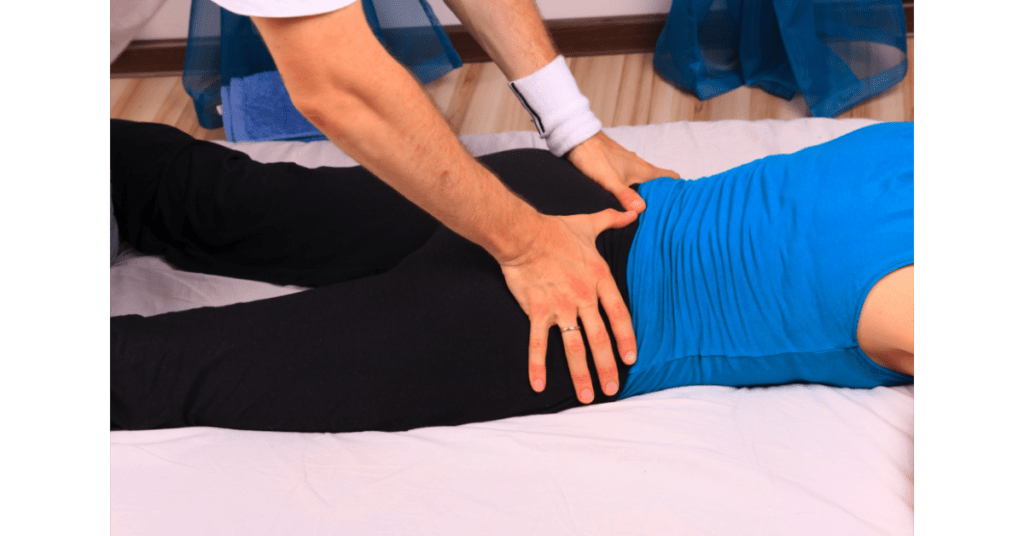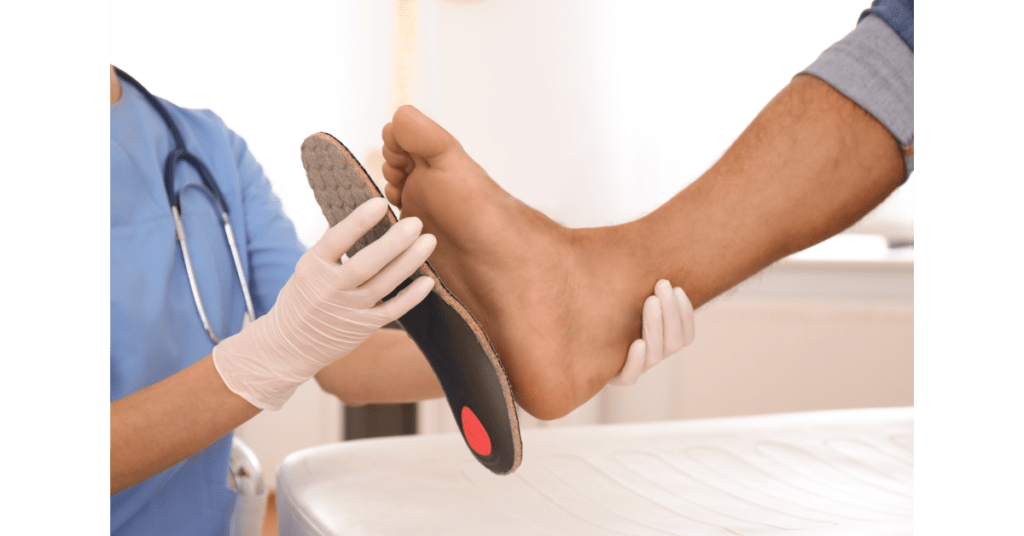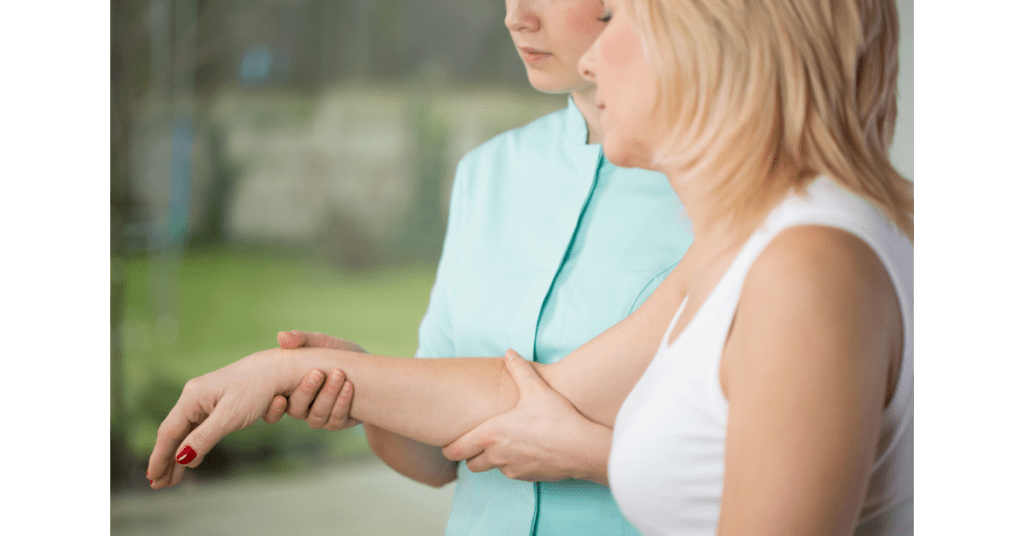What is Lumbar Spondylosis?
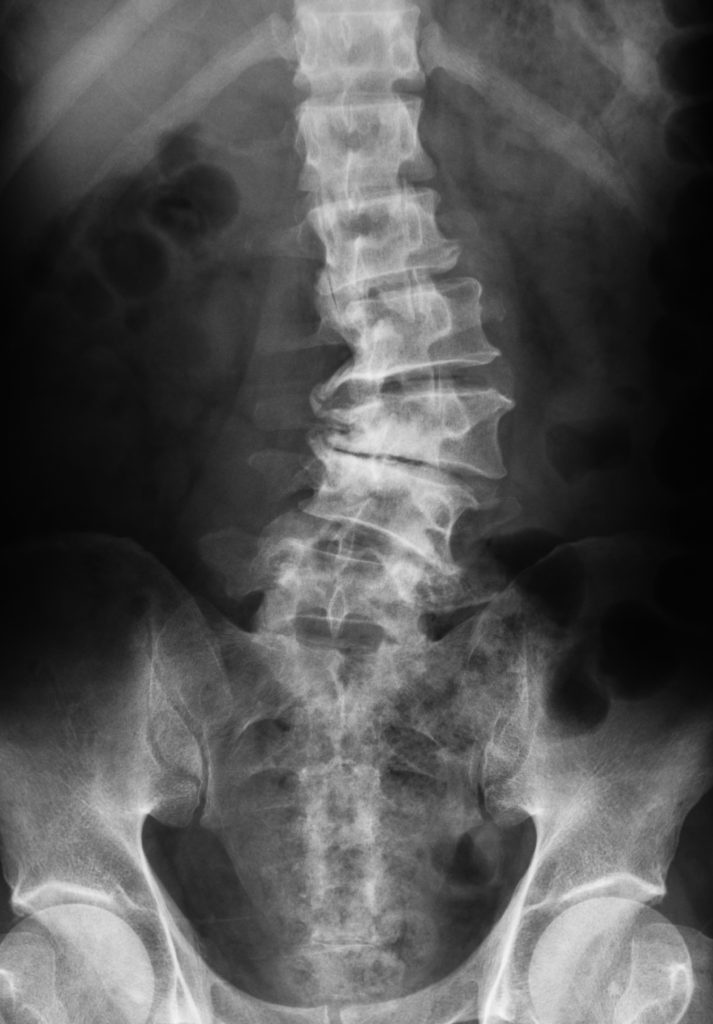
Spondylosis means vertebrae in Greek. The last five bones (vertebrae) in the low back of the spine are called the lumbar vertebrae or lumbar spine. These vertebrae are connected by facet joints lined with a smooth, rubbery layer of cartilage, separating the vertebrae and allowing their movements to be smooth and painless. Tough, fibrous intervertebral discs between the vertebrae act as shock absorbers for the spine and allow it to bend and twist. Lumbar spondylosis or spinal arthritis is the degeneration of the lumbar spine. It encompasses all degenerative conditions affecting the lumbar spine such as Low back osteoarthritis (OA) and facet joint OA (cartilage surrounding the facet joints breaks down causing inflammation). When bone rubs bone painful bone spurs called osteophytes, form in the place of cartilage. These bone spurs can lead to spinal stenosis (the narrowing of the spinal canal) leading to compression and damage of the nerve. Other conditions are Spondylosis deformans (bone spurs growing around degenerating intervertebral disk), Lumbar degenerative disc disease (degeneration of intervertebral discs), Bulging discs (causing inflammation and making spinal nerves more sensitive), Herniated discs (pushing on ligaments in the lower back causing pain) Spondylolisthesis (where a vertebra slips forward onto the next vertebra misaligning the spine).
What Causes Lumbar Spondylosis?
Lumbar spondylosis is related to aging. Bones, joints, ligaments, and intervertebral discs in the lumbar spine degenerate and weaken because of natural wear and tear, a common condition that affects almost everybody at some point in their lives. Factors that increase chances of developing lumbar spondylosis are Increasing age (symptoms can start at age 20 and before age 50), Family history of lumbar spondylosis, Previous low back injuries, Previous low back surgeries, and Long-term, repetitive strain on the low back (occupational or recreational).
What are the Signs and Symptoms?
Around 27%-37% of people with lumbar spondylosis do not experience any symptoms. Those who do develop symptoms, improve with treatments within a short period and very few develop chronic pain. Symptoms vary because there are many causes of lumbar spondylosis. Back pain, Decreased range of motion and flexibility (in the low back or legs, especially in the morning or after periods of inactivity), Stiffness or tenderness in the low back, Numbness and tingling and shooting or radiating pain (known as lumbar radiculopathy) from the low back into the buttock or legs, Weakness in the leg or foot if a nerve is severely pinched. Numbness, tingling, and weakness can also be due to lumbar spondylosis that is injuring the spinal cord (myelopathy), for example, from a large herniated disc pushing on the spinal cord.
Lumbar spondylosis can lead to serious complications, though rare. Loss of bladder or bowel control or numbness in the groin because of nerve dysfunction, Lumbar spinal stenosis where the spinal canal narrows, putting pressure on the spinal cord and nerves and possibly pinching them, resulting in weakness, tingling, numbness or pain that radiates from the low back into the buttocks, thigh, or groin, Cauda equina syndrome where nerves at the bottom of the spinal cord are pinched by an intervertebral disc or mass, causing severe nerve problems, Neurologic dysfunction due to nerve compression, caused by bulging discs or bone spurs narrowing the holes where the nerve roots exit the spinal canal (called foraminal stenosis).
Treating Lumbar Spondylosis in Scarborough, Toronto & Woodbridge, Vaughan
The main purpose of the treatments is to reduce the pain from lumbar spondylosis. Physiotherapy is considered the main conservative treatment. Medications are Non-steroidal anti-inflammatory drugs (NSAIDs), such as Advil, Motrin, or Aleve. Topical medications consist of creams, sprays, gels or patches, Antidepressants (due to their helpful analgesic properties), Muscle relaxants, Corticosteroid injections (to relieve inflammation), and Surgery. Surgery is rarely performed because of mixed results long-term. Symptoms can be improved through medications, physiotherapy, and by maintaining an active lifestyle.
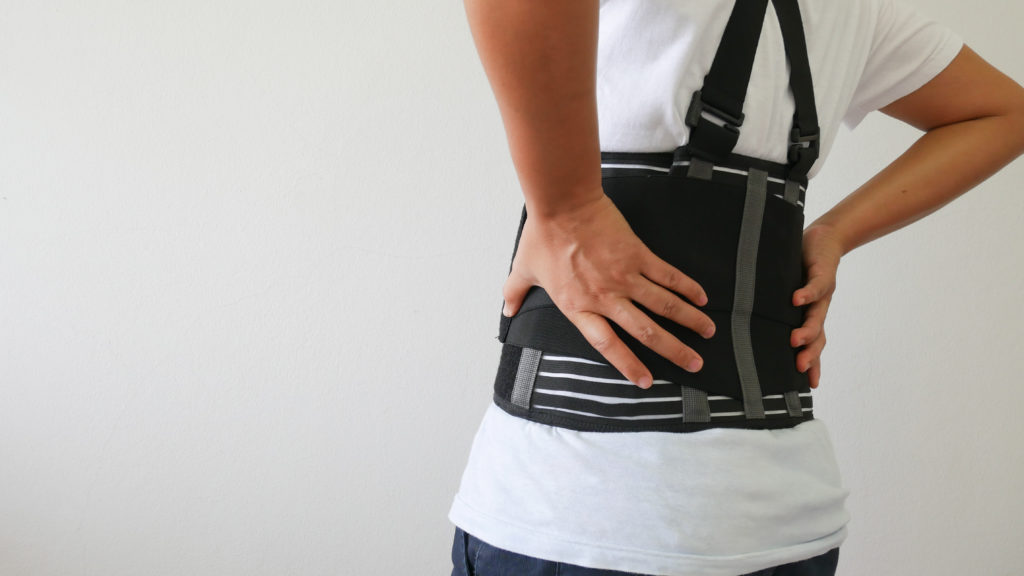
Surgery becomes necessary when lumbar spondylosis causes nerve damage. Physiotherapy is an important part of rehabilitation. It is a drug-free and non-surgical treatment, focusing on reducing and preventing chronic pain, regaining strength, increasing joint mobility, function, and quality of life.
Based on individual needs, physiotherapy may include: Stretching, strengthening, and range of motion exercises, Activity modification, and functional retraining, A personalized exercise routine, Traction, Bracing Patient education including postural and ergonomic education, Cross-disciplinary pain-relieving therapies such as Interferential current therapy (IFC) or TENS therapy, Manual Therapy, Acupuncture, Massage therapy, and Chiropractic. At our clinic we have notice by using Simply Align Technique which includes advanced physical modalities, activity modification and specific exercises we have faster, longer lasting results with reduced healing time.
Are you looking for physiotherapy or a Chiropractor? If Yes, then visit Simply Align Rehab Physio in Scarborough/Toronto or Woodbridge/Vaughan or you can always call or text us for your Physiotherapy or Chiropractor needs in Toronto at (416) 438-3230 or For Physiotherapy or Chiropractor need in Vaughan (Woodbridge) at (905) 638-9840.
Are you looking for physiotherapy? Book an assessment with our experts in Scarborough or Woodbridge today.
Can Lumbar Spondylosis Go Away?
Lumbar spondylosis is a chronic condition, but with proper treatment, it can be managed effectively. If you have lumbar spondylosis, there are things you can do to make day-to-day living easier, including Minimizing activities that put stress on your low back, like bending and lifting or carrying heavy things, Switching from high-intensity activities, like jogging, to low-intensity activities like walking, biking, and swimming, Applying heat and cold therapy, Using a properly supportive pillow and mattress, Using an ergonomic chair at work and home and Taking fish oil supplements, a natural anti-inflammatory that has been proven to improve several conditions such as rheumatoid arthritis and may help with back pain.
Can You Prevent Lumbar Spondylosis?
Lumbar spondylosis is a very common condition connected with aging. However, a few steps can reduce the chances of developing it. Exercising regularly, including stretching exercises such as yoga or tai chi, at least 30 minutes every day (increases the flow of nutrients and blood to the spine and decreases pressure on the intervertebral discs), Staying active; avoid sitting for more than 30 minutes at a time, Eating a non-inflammatory diet (avoiding sugar, and processed and refined foods) and drinking plenty of water, maintaining a healthy weight (which reduces stress on the facet joints in the spine), Practicing good posture, Wearing orthotics for proper joint alignment and to absorb the shock from your regular activities, Wearing proper shoes appropriate to the activity, Using a properly supportive pillow and mattress and Using an ergonomic chair at work and home.
Consult our Physiotherapist in Scarborough, Toronto for Lumbar Spondylosis Today.
Also Read
| Cervical Osteoarthritis / Neck Arthritis | Degenerative Disc Disease (Intervertebral Disc Pain) |
| Low Back Pain | Low Back Osteoarthritis |
| Sciatica | Scoliosis |
| Upper Back and Shoulder Pain | Whiplash |

